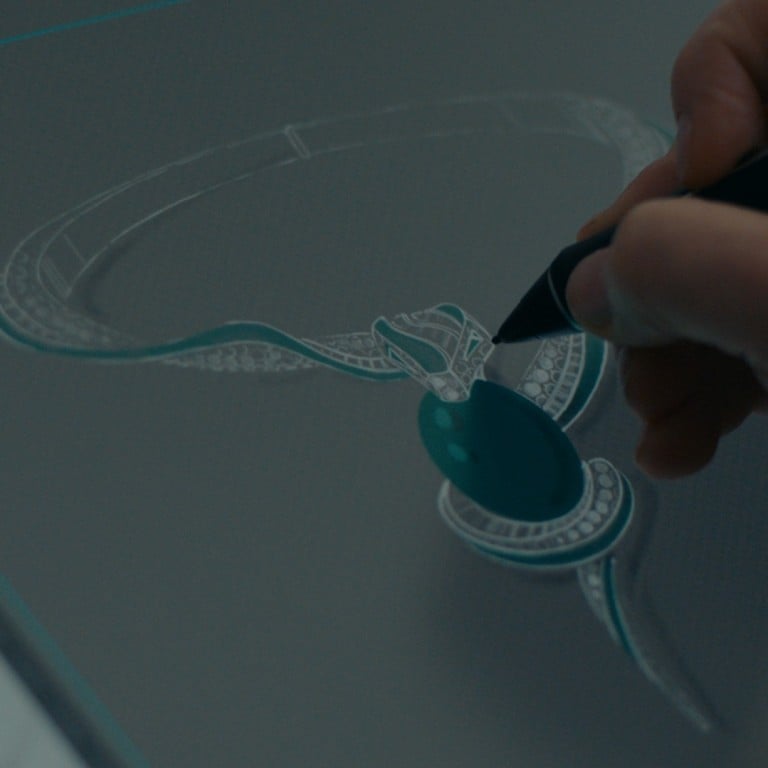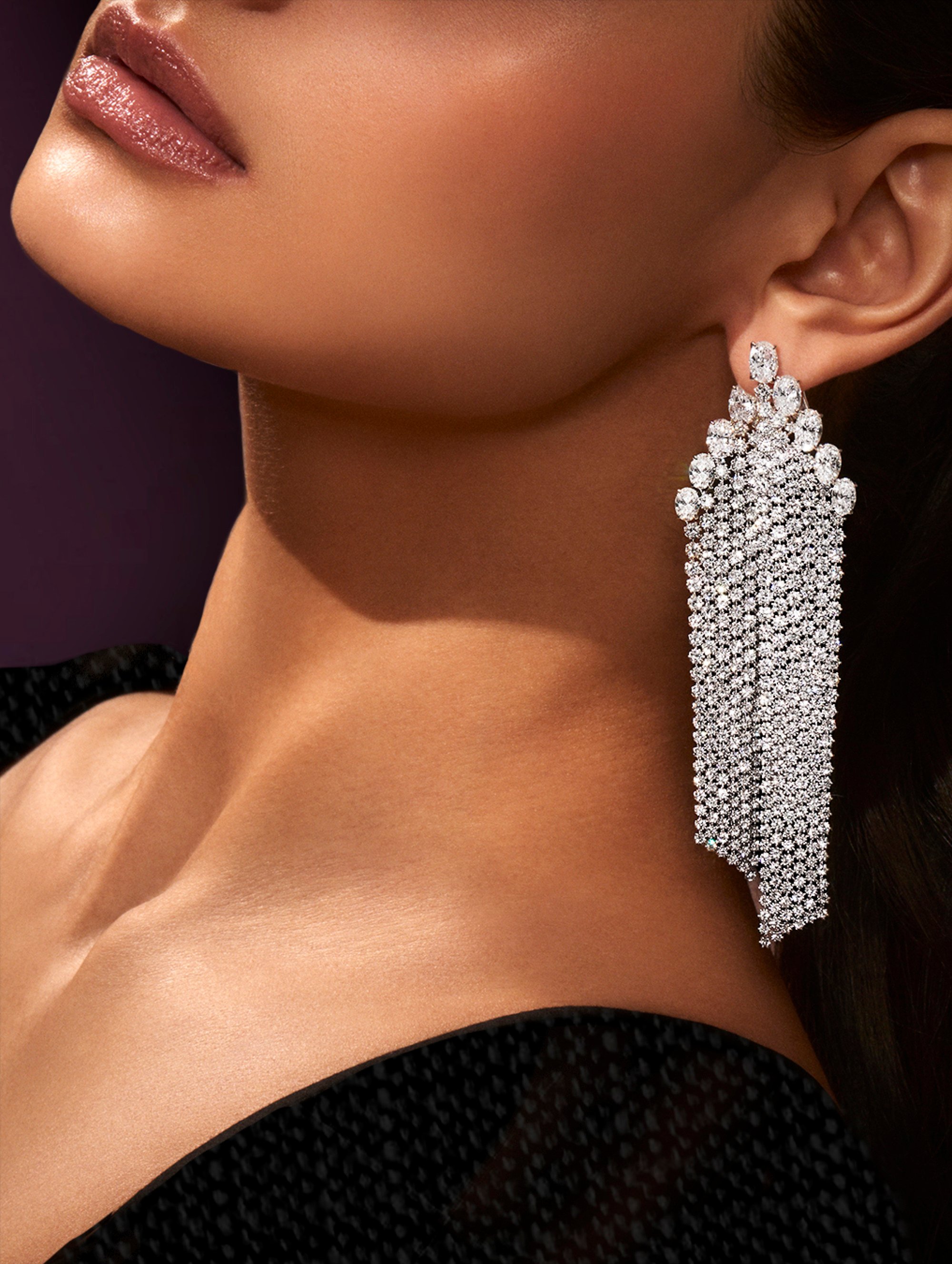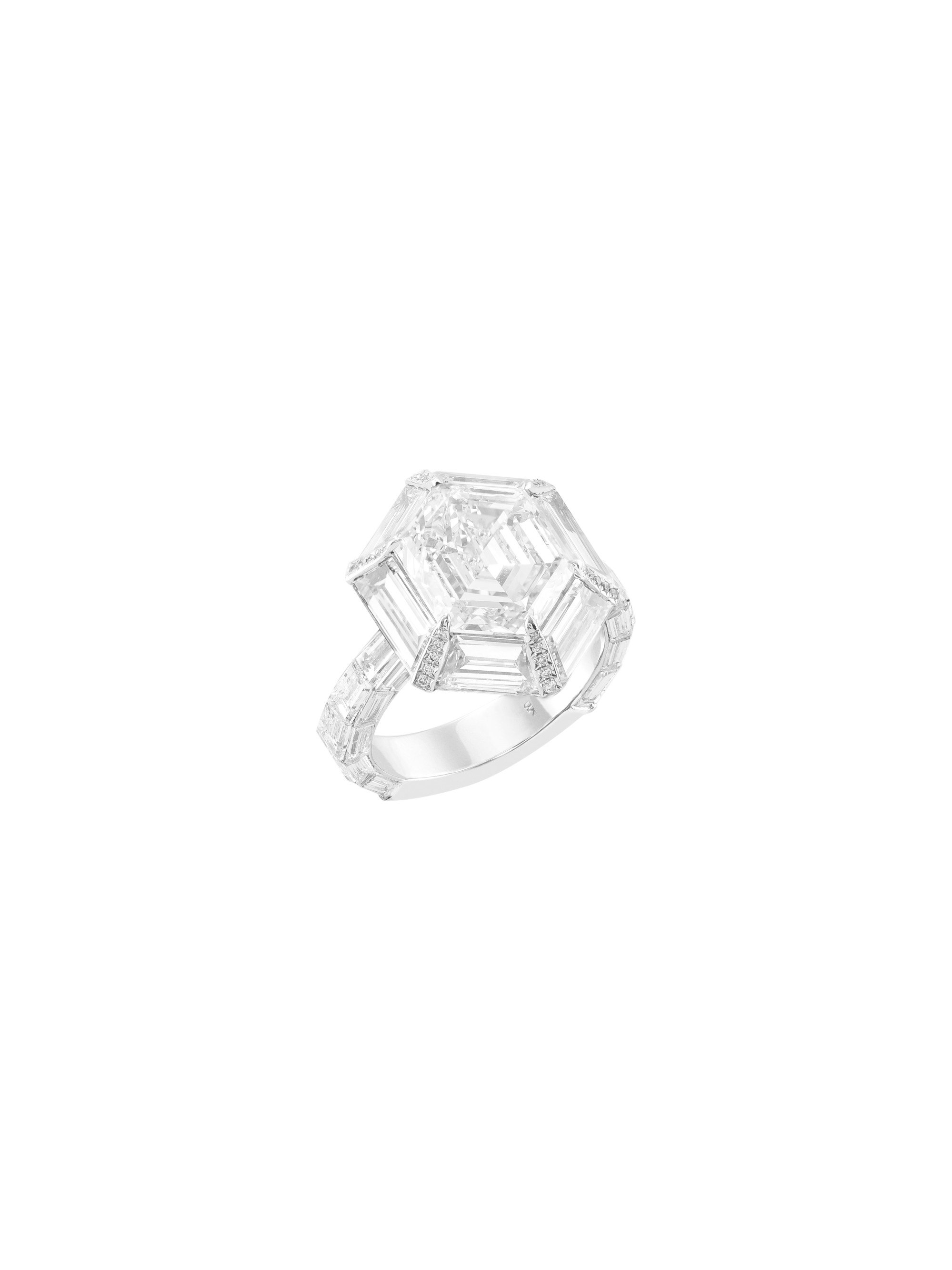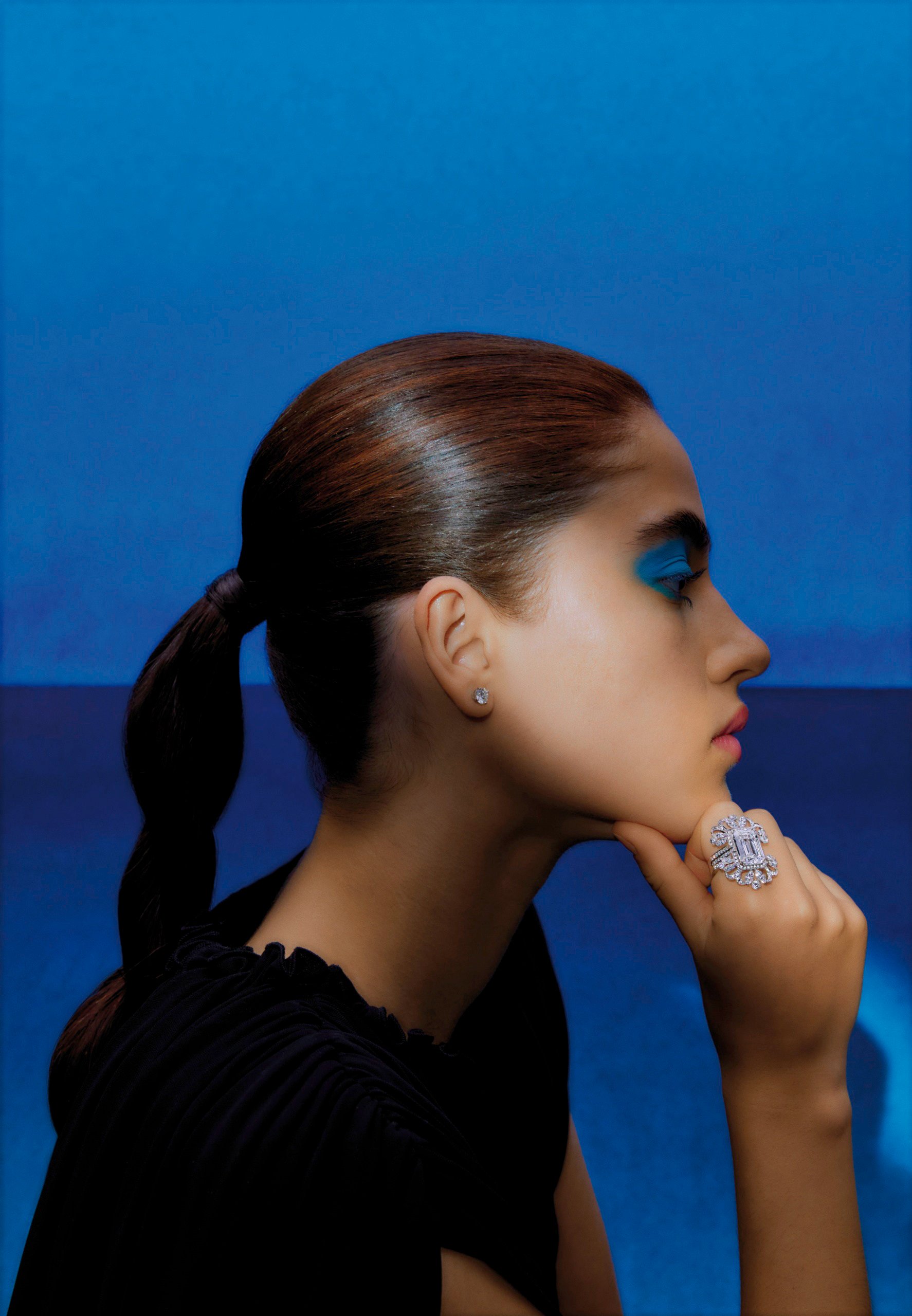Is 3D printing the next big thing in high jewellery? Tiffany & Co., LVMH-owned Bulgari, Boucheron and Boghossian have all embraced the new technology in a world where handcraftsmanship is key

Boucheron’s forward-thinking Contemplation collection, for example, included an extraordinary necklace that used a mathematical algorithm to suspend diamonds in a cloudlike structure. Contemplation was followed by the maison’s rainbow-inspired Holographique line, influenced by Icelandic-Danish artist Olafur Eliasson and Mexican architect Luis Barragan. A hologram technology pioneered by French aeronautics company Saint-Gobain was used to spray slices of rock crystal with a creative material that makes jewels appear to be changing colour.

Boucheron isn’t the only high jeweller to develop digital tools that use sophisticated 3D printing. Tiffany & Co.’s workshop in Manhattan is lined with wooden benches from which artisans peer through magnifying glasses to critique prototypes born out of 3D technology.
All in the cut: the jewellery designers ditching the oval and pear stones of old
Then there’s Boghossian, which has long used cutting-edge craftsmanship to create sparklers that defy convention, and has unveiled its innovative Diaphane Mesh creations for 2022. Family-run for six generations, Boghossian claims its brand new gemstone mesh is the thinnest and most flexible ever created.

A masterwork of design, an especially spectacular set of earrings is secured to lobes using a pair of otherworldly opals mottled like marble. The woven mesh is miniaturised until it’s so fine it could be mistaken for transparent, yet the silhouette effortlessly supports a stunning selection of coloured gemstones, hundreds of which are laser-soldered together.

And who could forget the computer-rendered gown worn by burlesque performer Dita Von Teese back in 2013? Fashion heavyweight Francis Bitonti collaborated with costume designer Michael Schmidt for the project, which required layer upon layer of plastic powder that was fused together with lasers.

Generational gems: the dos and don’ts of choosing heirloom jewellery

Experimental technology is part of the constant reinvention that has driven high jewellery forward and, with the buzz of Boucheron and Boghossian’s latest masterpieces ringing in our ears, other heritage houses could soon follow suit. But for now, the jury’s still out on whether 3D technology will become a favoured tool of designers or just an occasional gimmick.

- The luxury jewellery industry is prized for its time-honoured craftsmanship, but more brands are turning to new technologies – like De Beers’ AR that allows clients to virtually ‘try on’ pieces
- Boucheron’s latest Contemplation collection features a stunning diamond necklace designed by an algorithm and Bulgari even launched three high jewellery NFTs in 2022